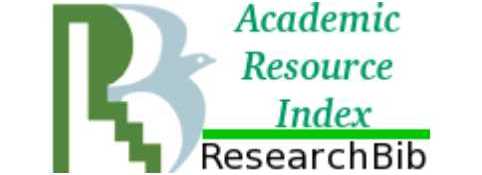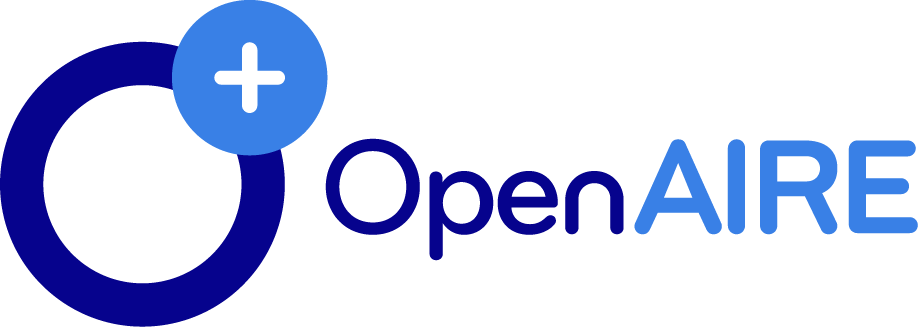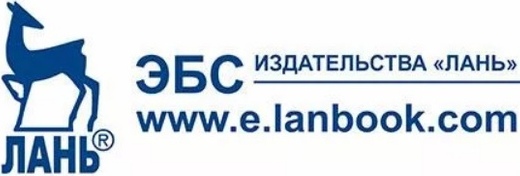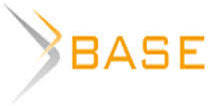Influence of psychophysiological functions on the ability of hockey forwards to perform effective assists at the age of 12-14
Introduction. There is little research on psychophysiological functions in children's and youth hockey. Determining the prospects of young hockey players aged 12-14 is an important aspect for team coaches. At the stage of sports specialization, hockey groups are small, so there is a need for an objective selection for the enrollment and expulsion of young hockey players. The Federal standard for hockey describes tests that evaluate the physical qualities and abilities of young hockey players. In this study, we want to consider the dependence of high indicators of psychophysiological functions on the ability of forwards to perform effective assists. Young hockey players aged 12-14 were tested on the following indicators: simple visual-motor reaction; reaction to a moving object; discrimination reaction; choice reaction; assessment of attention; noise immunity. The aim of this work is to empirically study the characteristics of psychophysiological functions and determine their correlation with the ability of forwards in youth hockey to perform assists. Study participants. The study involved 80 young 12-14-year-old hockey players (forwards) from youth hockey schools, participants of regional championships of the Russian Federation. Methods. Testing was carried out using psychophysiological and psychological diagnostics on special equipment of the Neurosoft company. Results and its discussion. Based on the results of the study, tables describing psychophysiological and statistical (goal assists) indicators were formed. The tables were compiled in such a way as to make the described grading system understandable. Conclusions. It was found, when comparing performance and noise immunity, that this psychophysiological quality is most likely to affect the ability of forwards to make productive passes in hockey. Simple hand-eye reactions, discrimination reactions, choice reactions, reactions to moving objects, and attention do not correlate with high scores in performance (goal assists). It was determined that when using a group assessment, there is no general pattern between high success in psychophysiological tests and the ability of forwards aged 12-14 to perform assists. As practice shows, coaches, who want to have hockey players with high statistical indicators on their team, need to conduct pedagogical observation and analyze the statistics of forwards over the past few years.

















Пока никто не оставил комментариев к этой публикации.
Вы можете быть первым.